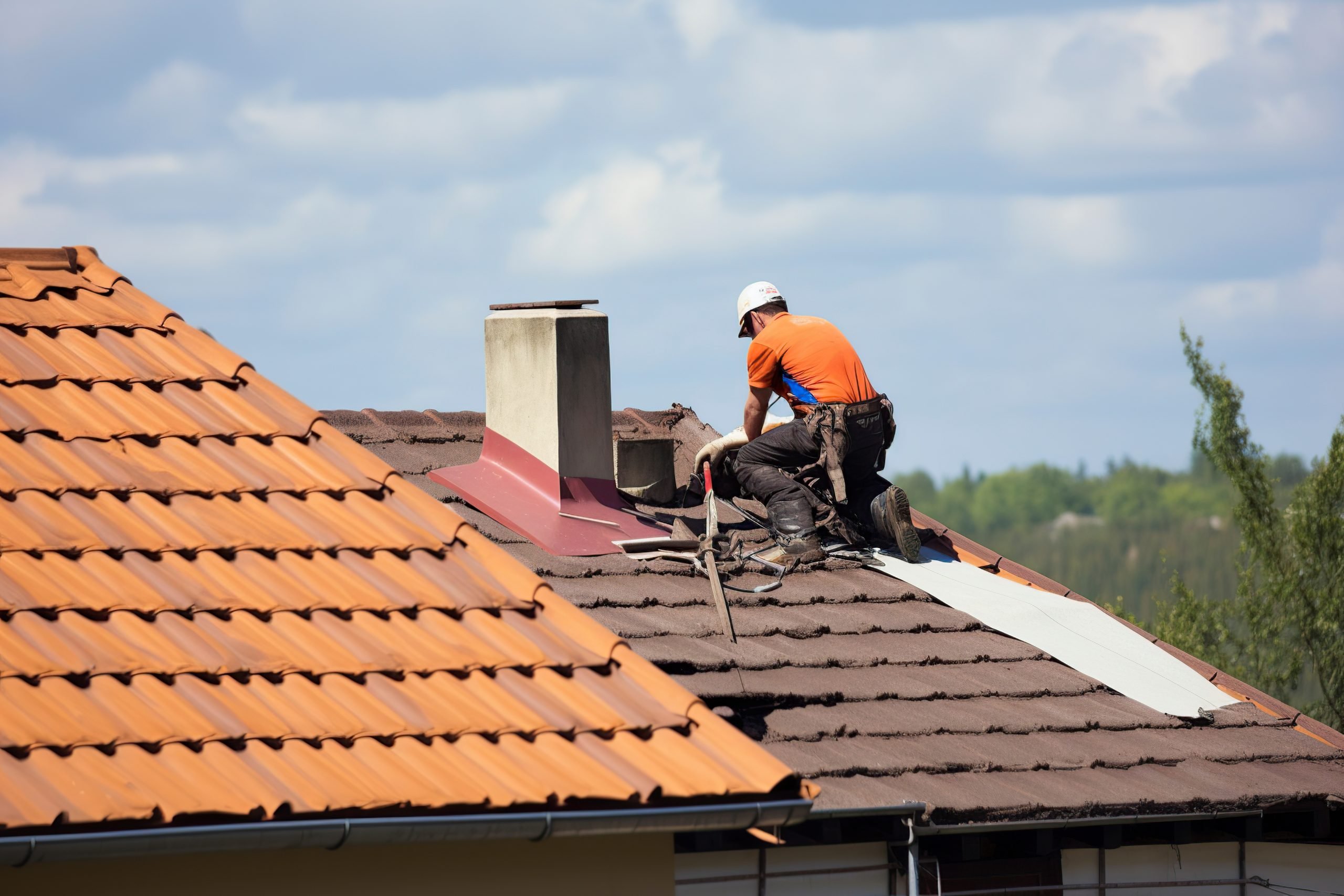
The lifespan of a roof depends largely on the materials used and how well it has been maintained. Common roofing materials in the UK include slate, tiles, and asphalt, each of which has a different lifespan. Slate roofs, for example, can last as long as 100 years with proper maintenance, while tile roofs last anywhere between 25 to 50 years. Asphalt roofs are typically the least durable, with an expected lifespan of 20 to 30 years. Roofs become more vulnerable to weather damage as they age. Water can enter the house through cracked or broken tiles and slates. This leads to water leaks. Roof replacement is necessary when repairs are no longer sufficient to avoid further structural damage and future deterioration.
Material choice plays a critical role in the effectiveness and longevity of a new roof. In the UK, homeowners must consider not just the appearance of the roof but how well it will perform in different weather conditions. They should also check if it is compliant with local building codes. Slate is a popular choice for its durability and natural beauty, particularly in older buildings or those listed. Clay tiles offer a traditional look while offering excellent insulation. Modern options such as synthetic slate or lightweight composite tiles offer the appearance of traditional materials but with improved resilience and ease of installation. In urban areas green roofing is also becoming more popular due to its environmental benefits. The right material will depend on budget, aesthetic preferences, structural load capacity, and environmental factors like wind exposure or moss growth.
Costs for a Typical roof replacement prices in the UK vary depending on a number of factors, including the type of roof chosen, materials used, and complexity. On average, homeowners can expect to pay between 5,000 and 12,000 for a standard three-bedroom house, although costs can be higher for larger or more complex properties. Labour accounts for a significant portion of this expense, so it's important to choose a reliable and experienced contractor. Ask for written estimates, read reviews and ensure the contractor is certified and insured by an accredited trade association. Some local councils and government schemes offer incentives or financial support for roof replacements to improve energy efficiency. A new roof will add value and peace of mind to your house for many years. To obtain more information please check out Roofadvisor

The timing of the roof replacement project can have a major impact on its success. The best times to do such work in the UK are during late spring, early summer or early fall when weather conditions tend to be more stable. Rain and wind can cause delays or complications, especially if large areas of the roof are exposed during construction. However, emergency replacements may be required at any time of year, particularly if a roof has suffered storm damage. Booking a contractor ahead of time can reduce the wait during busy seasons. The homeowner should make other logistical arrangements, including informing their neighbours of the upcoming construction, setting aside parking spaces for vehicles and planning for possible noise. With a realistic timeline and good communication, the replacement process can be managed with minimal inconvenience.
In the UK, roof replacement is a vital part of home maintenance. It should be done as soon as signs of wear and tear appear. Installing a new roof properly will protect your home from harsh weather conditions, increase insulation and add value to the property. Homeowners can customize their roof according to aesthetic preferences as well as practical requirements. The cost may be high, but the benefits over time - such as energy savings, structural stability, and peace-of-mind - are worth it. A successful roof replacement requires careful planning, the best contractor and making informed decisions. Replacing an old roof can be a smart investment for UK homeowners who want to safeguard their home's value over the next few decades.